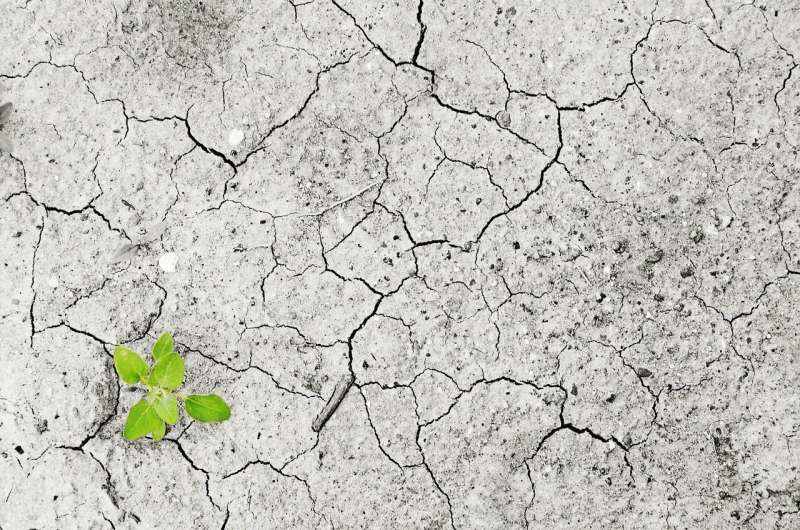How to improve climate modeling and prediction

We are changing the Earth system at a unprecedented speed without knowing the consequences in detail. Increasingly detailed, physics-based models are improving steadily, but an in-depth understanding of persisting uncertainties is still lacking. The two main challenges have been to obtain the necessary amount of detail in the models and to accurately predict how anthropogenic carbon dioxide disturbs the climate's intrinsic, natural variability. A path to surmounting both of these obstacles are now laid out in a comprehensive review published in Reviews of Modern Physics by Michael Ghil and Valerio Lucarini from the EU Horizon 2020 climate science project TiPES.
"We propose ideas to perform much more effective climate simulations than the traditional approach of relying exclusively on bigger and bigger models allows. And we show how to extract much more information at much higher predictive power from those models. We think it is a valuable, original and much more effective way than a lot of things that are being done," says Valerio Lucarini, professor in mathematics and statistics at the University of Reading, UK and at CEN, the Institute of meteorology, University of Hamburg, Germany.
Such an approach is urgently needed, because current climate models generally fail in performing two important tasks. First, they cannot reduce the uncertainty in determining the mean global temperature at the surface after a doubling of carbon dioxide (CO2) in the atmosphere. This number is called equilibrium climate sensitivity, and in 1979, it was computed to 1.5 to 4 degrees Celsius. Since then, the uncertainty has grown. Today it is 1.5 to 6 degrees in spite of decades of improvement to numerical models and huge gains in computational power over the same period.
Second, climate models struggle to predict tipping points, which occur when a subsystem i.e. a sea current, an ice sheet, a landscape, an eco system suddenly and irrevocably shift from one state to another. These kind of events are well documented in historical records and pose a major threat to modern societies. Still, they are not predicted by the high-end climate models that the IPCC assessments rely upon.
These difficulties are grounded in the fact that mathematical methodology used in most high-resolution climate calculations does not adequately reproduce deterministically chaotic behavior nor the associated uncertainties in the presence of time-dependent forcing.
Chaotic behavior is intrinsic to the Earth system, as many physical, chemical, geological and biological processes range in timescales from microseconds to million of years, including cloud formation, sedimentation, weathering, ocean currents, wind patterns, moisture, photosynthesis etc. Apart from that, the system is forced mainly by solar radiation, which varies naturally over time, but also by anthropogenic changes to the atmosphere. Thus, the Earth system is highly complex, deterministically chaotic, stochastically perturbed and never in equilibrium.
"What we are doing is essentially extending deterministic chaos to a much more general mathematical framework, which provides the tools to determine the response of the climate system to all sorts of forcings, deterministic as well as stochastic," explains Michael Ghil, professor at Ecole Normale Supérieure and PSL University in Paris, France and at the University of California, Los Angeles, U.S..
The fundamental ideas are not that new. The theory was developed decades ago, but is a very difficult mathematical theory calling for multidisciplinary cooperation between experts in order to be implemented in climate models. Such interdisciplinary approaches have been slowly emerging, involving the climate science community as well as experts in applied mathematics, theoretical physics and dynamical systems theory. The authors hope the review paper will accelerate this tendency as it describes the mathematical tools needed for such work.
"We present a self-consistent understanding of climate change and climate variability in a well defined coherent framework. I think that is an important step in solving the problem. Because first of all you have to pose it correctly. So the idea is—if we use the conceptual tools we discuss extensively in our paper, we might hope to help climate science and climate modeling make a leap forward," says Valerio Lucarini.
More information: Ghil et al., The physics of climate variability and climate change. Reviews of Modern Physics (2020). journals.aps.org/rmp/accepted/ … 16873abe98ea7deb542d
Journal information: Reviews of Modern Physics
Provided by University of Copenhagen




















